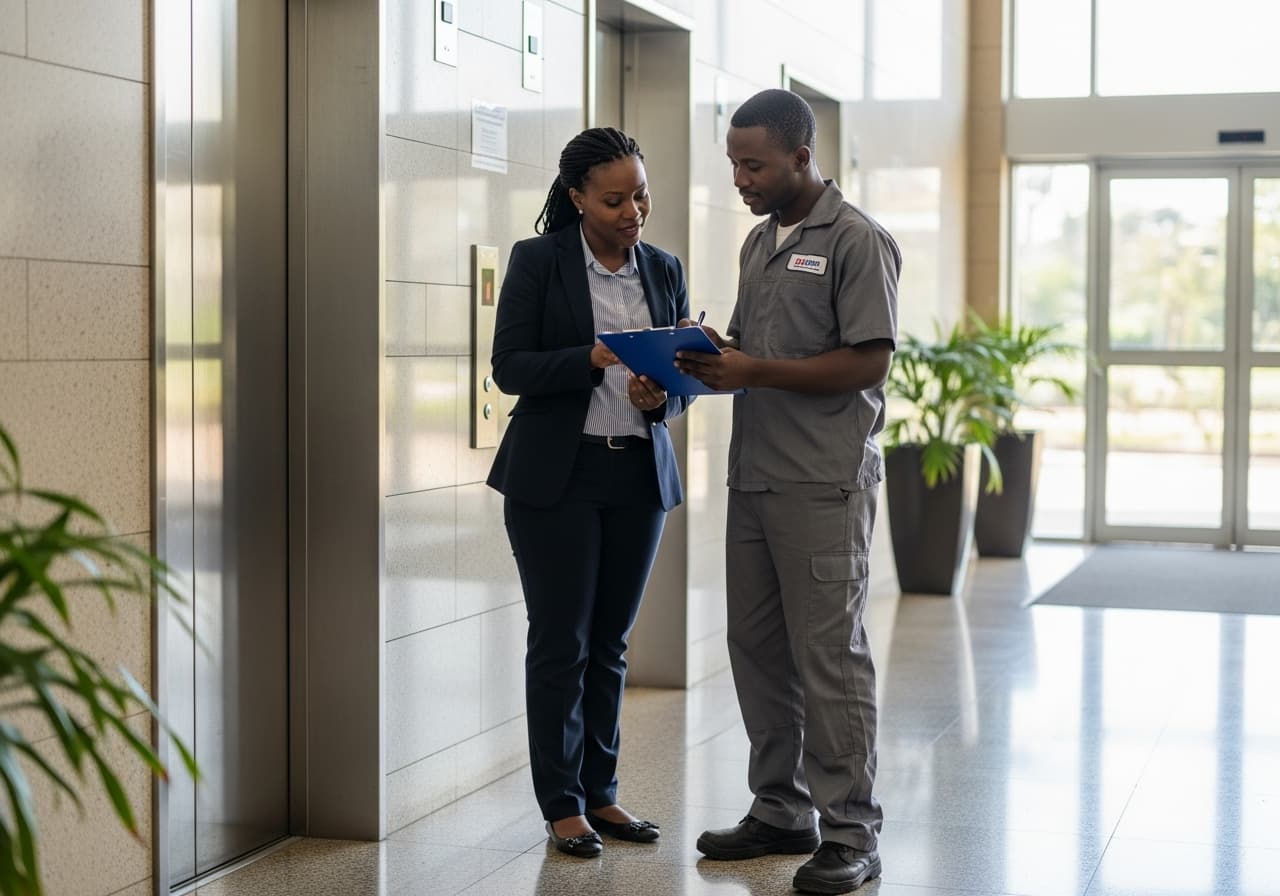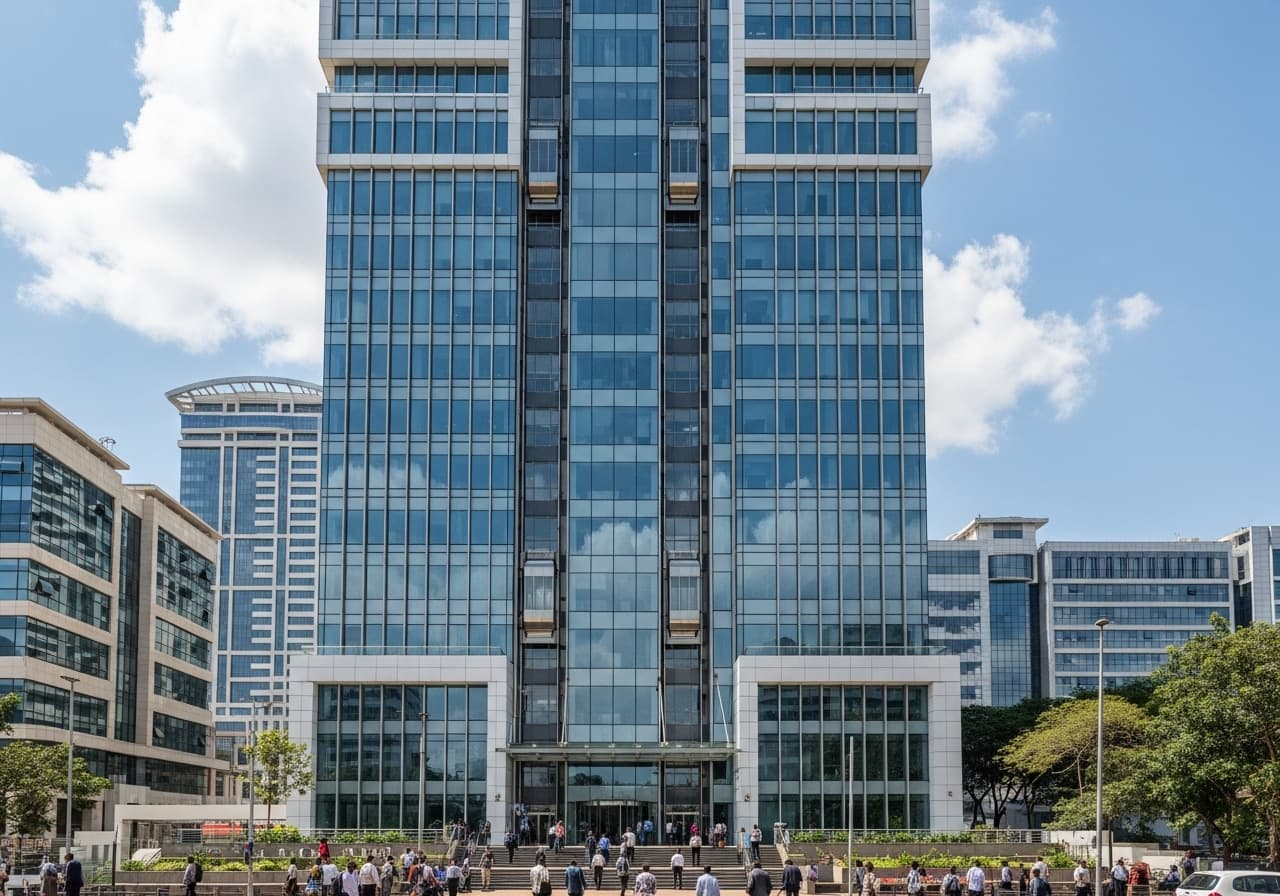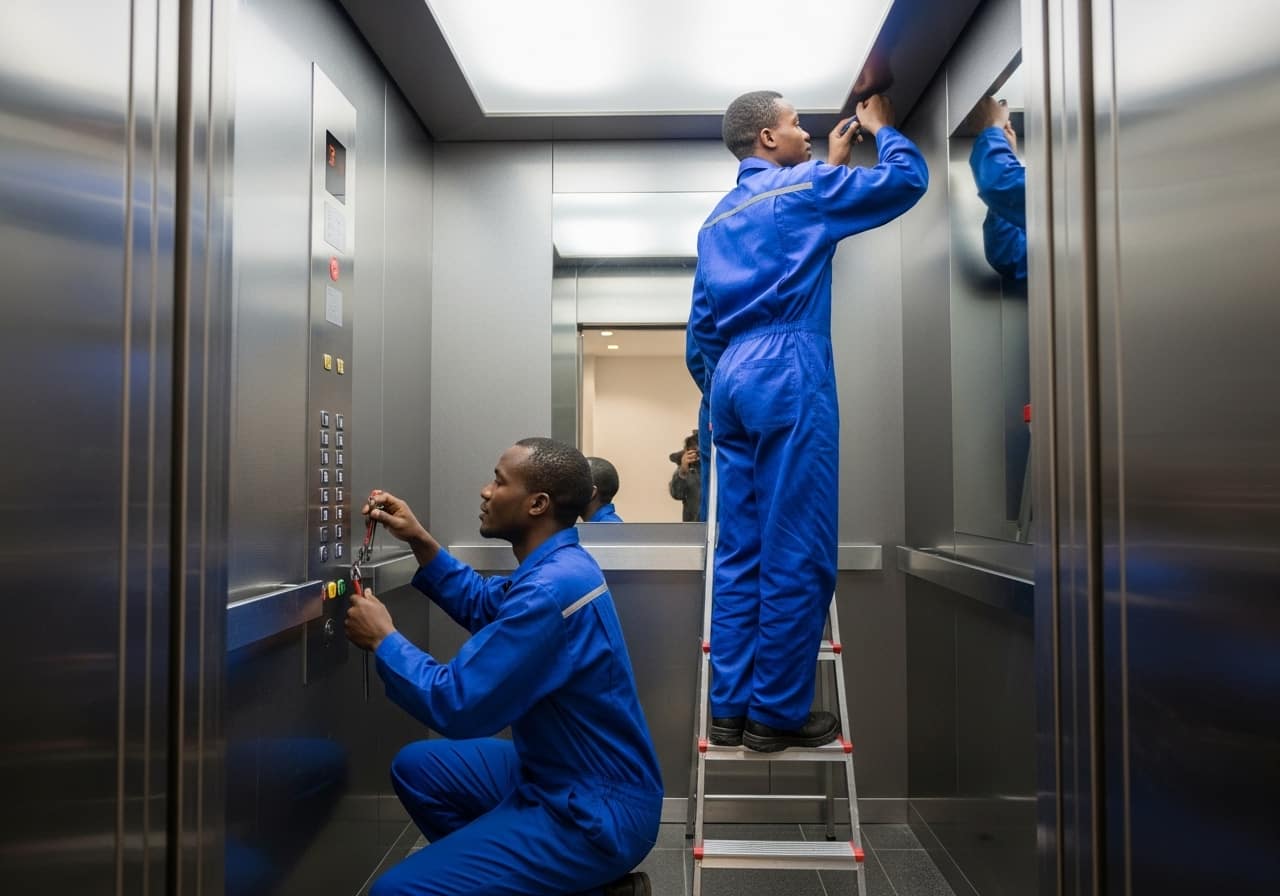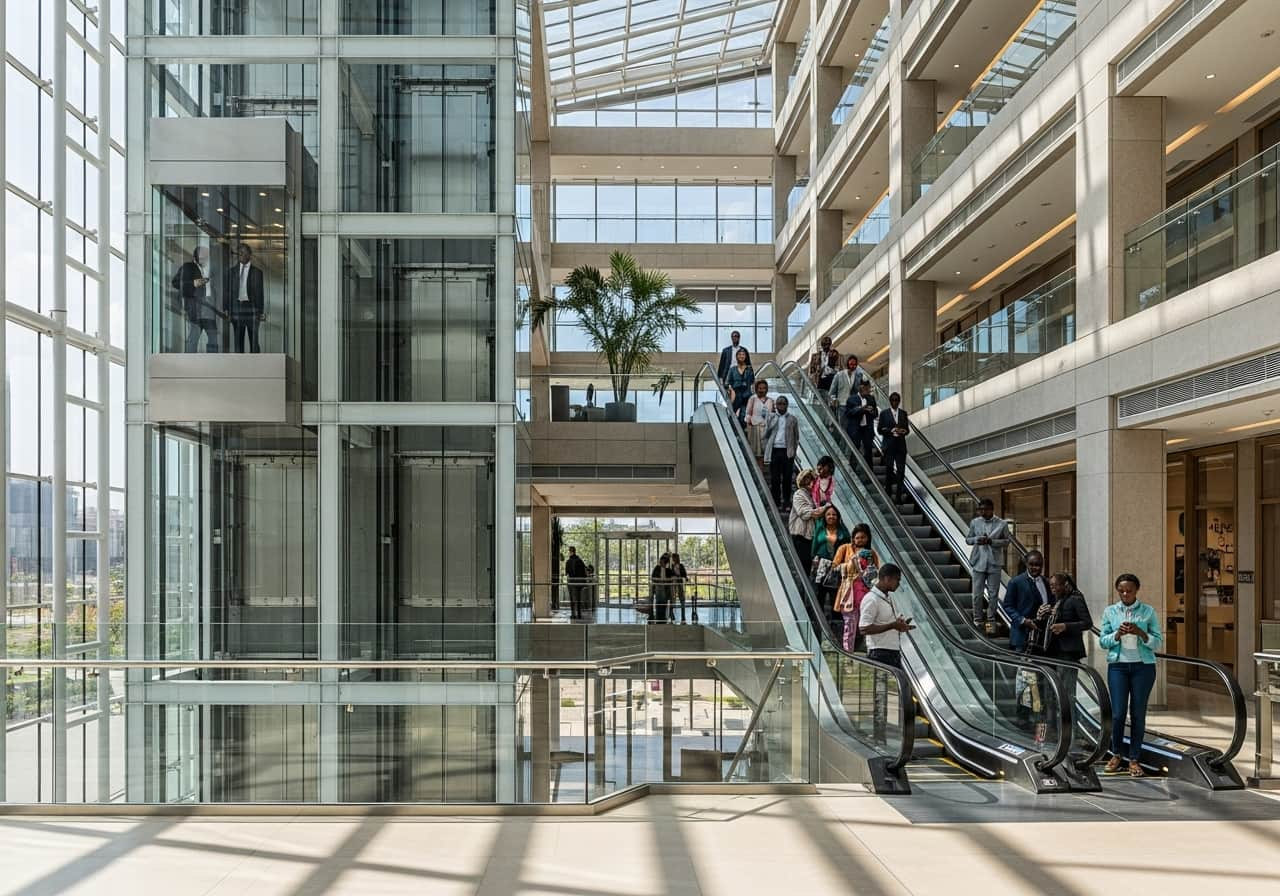The Value of Staying Ahead
Lift systems, whether elevators, escalators, or moving walkways, are built to carry thousands of passengers every day. While these machines are designed for reliability, constant use takes a toll. Preventive maintenance is the practice of addressing small issues before they turn into bigger problems, ensuring that lifts continue operating smoothly. By staying ahead, building owners can avoid costly downtime, unexpected repairs, and the frustration of inconvenienced tenants.










